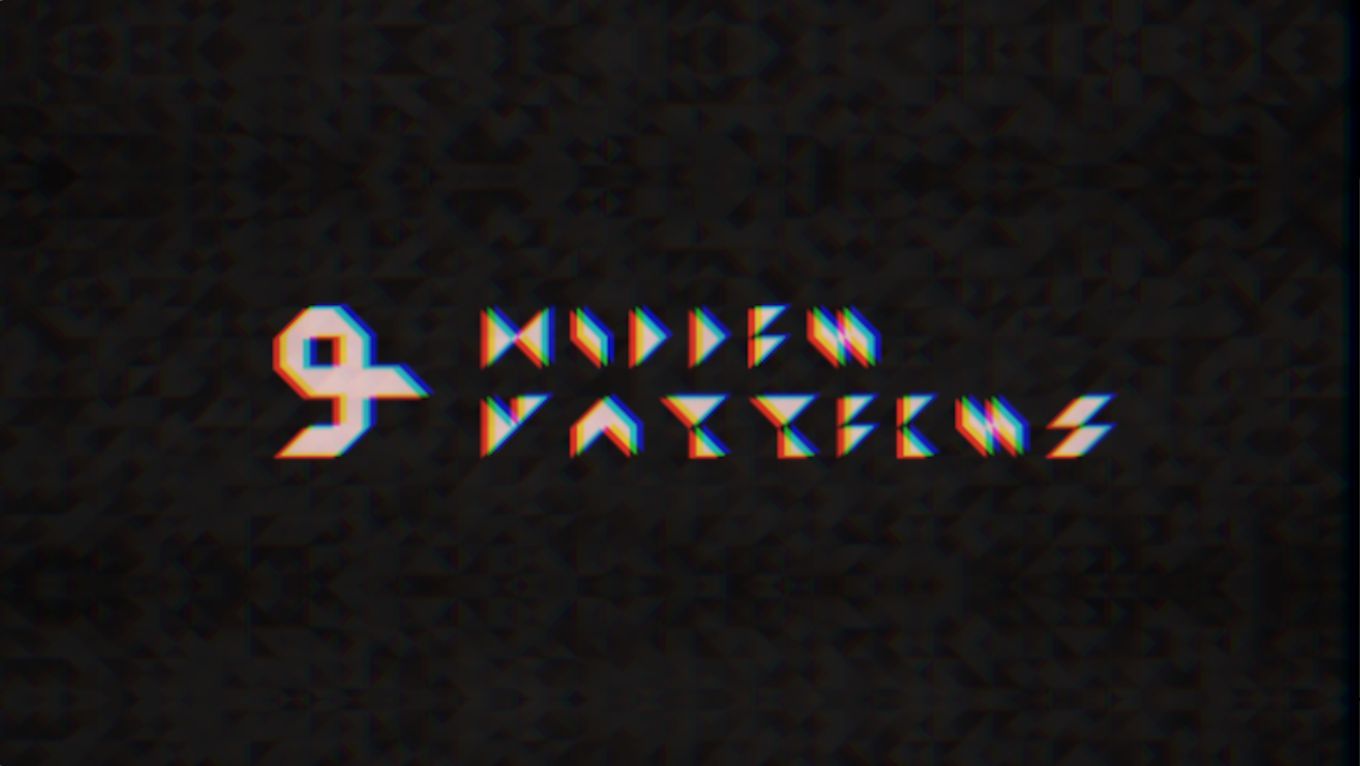Hardware and Making
“You press the button, we do the rest” - Exploring the material basis of digital photography by reverse engineering the image sensor of the Canon EOS 5D Mark II camera
Digital cameras are black-boxes during use: "you press the button, we do the rest". In this media archaeology project, I open this black box by disassembling an off-the-shelf DSLR camera as a case-study. I extract the image sensor, reverse engineer its interface, and build a new camera-apparatus around it. This lays technical groundwork for artists, hobbyists and researchers building custom digital imagers for greater control over photographic image formation.
Image sensors are the material basis of digital photography: semiconductor chips that are sensitive to light and convert images into electrical signals. While using commercially available cameras is easy, it limits the freedom over the image making - many decisions and processes are already fixed and hidden by the camera manufacturer and thus cannot be creatively controlled nor politically discussed. "You press the button, we do the rest". The promise of this Kodak advertisement slogan from 1888 is as present as then, the camera a black box more than ever.
The aim of this talk is to open the black box of the camera as an intervention into this automated imaging, starting from the image sensor. Reverse-engineering, documenting and discussing the inner workings of a fairly modern high-end digital camera and the interface of its image sensor allows hackers and makers to use a cheap full frame CMOS image sensor.
Additional information
| Live Stream | https://streaming.media.ccc.de/gpn23/vortragssaal |
|---|---|
| Type | Vortrag |
| Language | German |
More sessions
| 6/19/25 |
Buchbinden - eine simple Methode Papier ist ein allgegenwärtiges Gut. Zettelwirtschaft ist unbefriedigend. In diesem Kurs möchte ich eine Methode vorstellen mit der Zettel mit Faden gebunden werden können.
|
| 6/19/25 |
Hier dreht sich alles um die liebsten Eingabeperipheriegeräte jeder hackenden Lebensform Komm vorbei und nerde mit anderen rabbit über deine hol.. heiligen keyboards und layouts Es wird den PCB Exchange des ClickClackHack vor Ort geben. https://www.pcb-exchange.de PCB Exchange ist ein kleines Gemeinschaftsprojekt, das auf Keyboard-Treffen zu finden ist. Wir stellen einige Boxen zur Verfügung, in denen du überschüssigen Platinen aus früheren Bestellungen deponieren kannst und/oder du ...
|
| 6/19/25 |
Last uns gemeinsam LEDs auf Patches und andere Sachen aufnähen und us damit selber zum leuchten bringen.
|
| 6/19/25 |
Buchbinden - eine simple Methode Papier ist ein allgegenwärtiges Gut. Zettelwirtschaft ist unbefriedigend. In diesem Kurs möchte ich eine Methode vorstellen mit der Zettel mit Faden gebunden werden können.
|
| 6/19/25 |
Vintage sound chips make cool music, but what's hiding inside of them? Which algorithms are they using? In the past years I've been dedicating my free time to building emulators for old digital sound chips from synthesizers/game consoles, in an effort to preserve them and make them usable without the original hardware. During this time I went through lots of interesting stuff: silicon reverse engineering, logic analyzers, weird compression schemes, forgotten audio algorithms and more. In this ...
|
| 6/20/25 |
Ever wondered how to rickroll your friend with a custom cake? In this talk, I'll show you how to use a 3D printer, a vacuum molder, and a dental vibration table to create custom working QR codes and chocolate bars with readable text out of chocolate. You will learn the basics of chocolate tempering and vacuum molding along the way to form chocolate in the shape of your desire.
|
| 6/20/25 |
Analog *synthesizers* originate from the same era as analog *computers* and share the same operating principles. So let's see how to make some noise with an analog computer!
|

